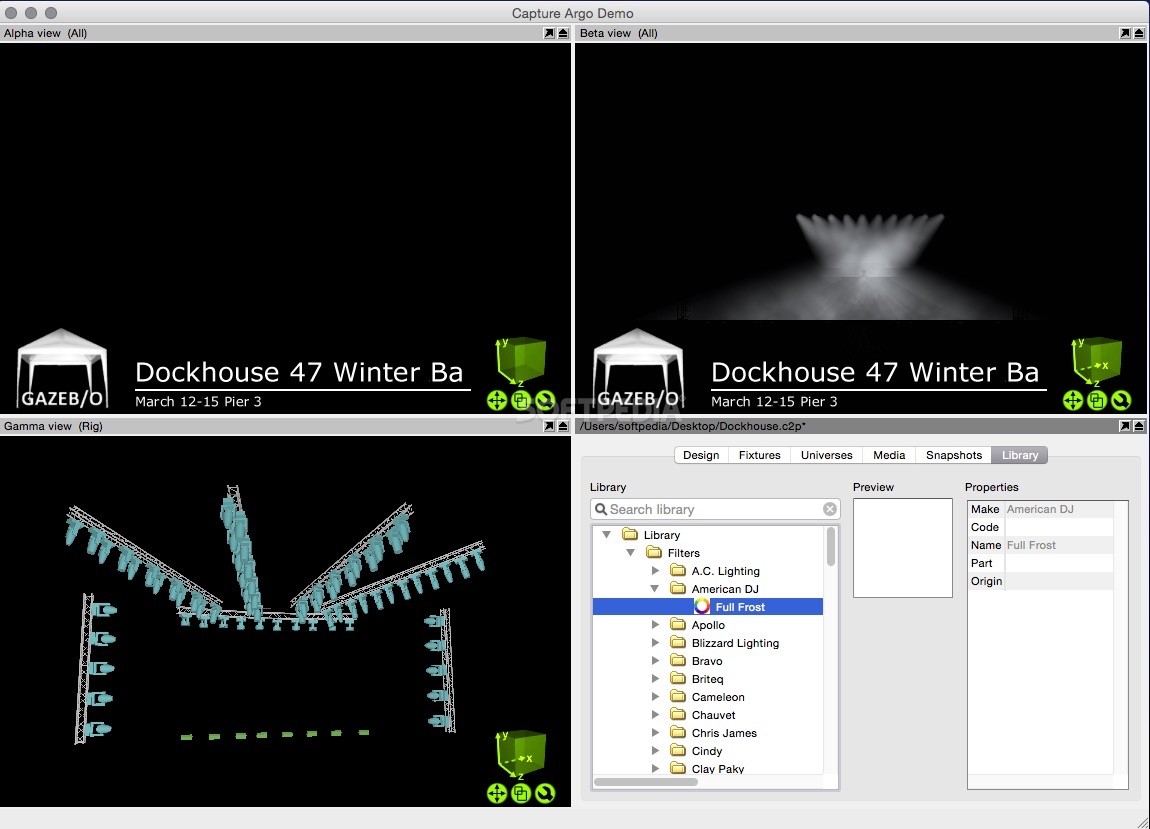
In testing or production environments, this cuts out vital slowdown while employees check licenses. At a hefty fee, admins can purchase a Windows Datacenter license and create infinite virtual machines without having to pay any extra. It also allows for more flexible deployment. This cuts down on hardware, power, maintenance, and cooling costs.
Instead of requiring three different servers, only one is required. Most modern computers have more hardware than needed for day to day tasks, and users can run, for example, a Windows, Windows Server, and Linux operating system simultaneously. This is furthered by the ability to run multiple operating systems at once. This makes virtual machines ideal testing environments. As a result, any problems that occur do not affect the regular operating system. Firstly, a virtual machine is in a separate environment to the host computer. It isolates the host machine from its underlying hardware. This is made possible by a hypervisor – a layer between the physical and virtual environments that can manage the system’s hardware between VMs. Users don’t have to install an OS through the normal route, and instead run a program on top of their current one. It lets users create a virtual machine (VM), a complete, software version of a computer. Hyper-V was first released in 2008 as a re-brand of Microsoft’s Virtual PC. Users new to Hyper-V can also read our Introduction to Hyper-V Concepts article Hyper-V Hypervisor Technology Overview

One of Windows Server 2016 highlights is the newer Hyper-V server that not only extends the hypervisor’s features and capabilities but also introduces a number of new enhancements and concepts that take virtualization to a new level.


 0 kommentar(er)
0 kommentar(er)
